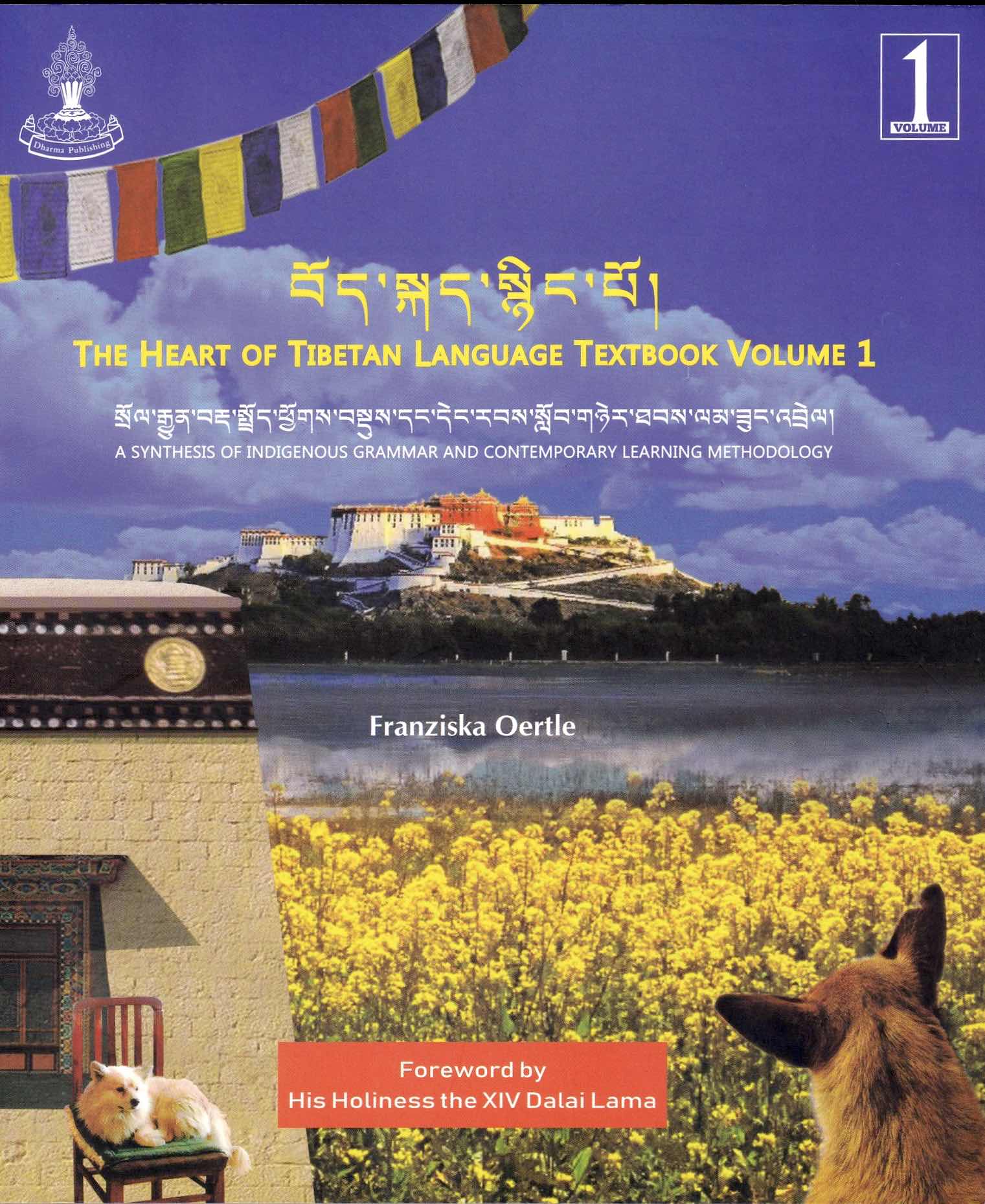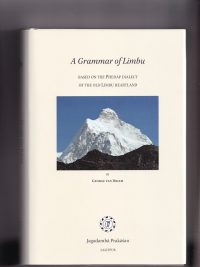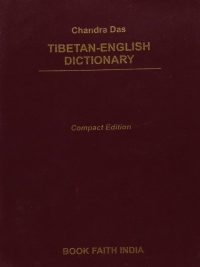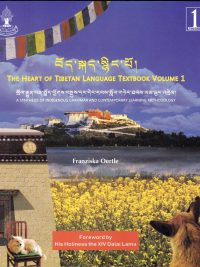Description
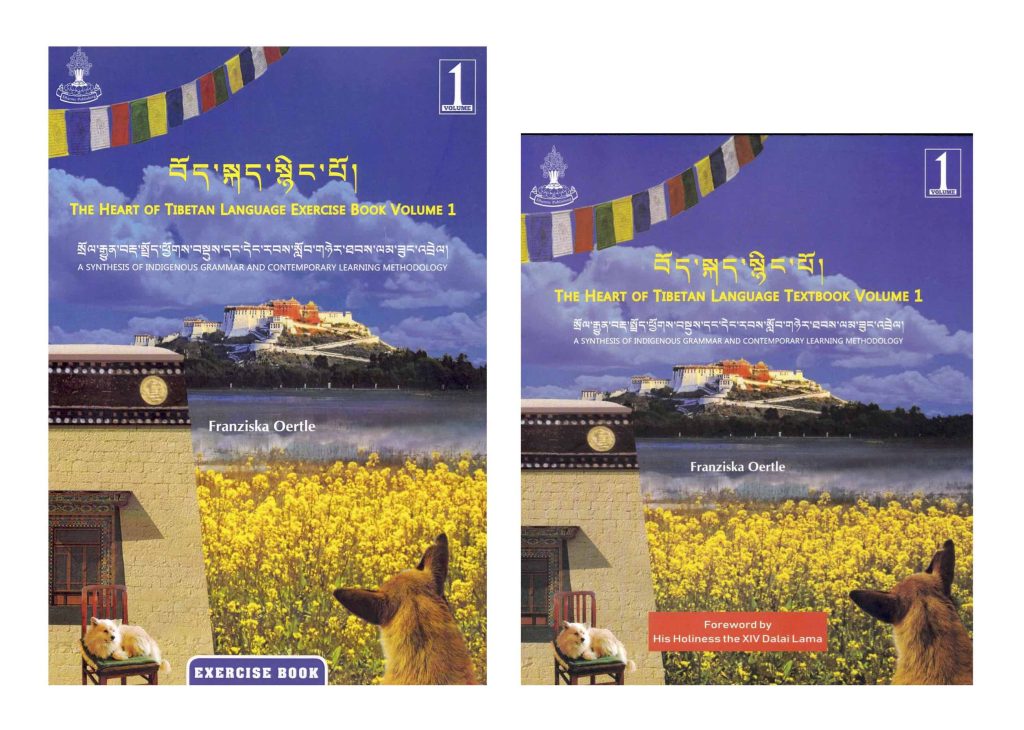
Volume 1 \ Text Book
Welcome to the Heart of Tibetan Language!
With this innovative course book, there is no need to re-learn English grammar in order to study a foreign language. Instead, you will learn to speak the language by discovering the way Tibetans think, through the heart of the Tibetan language.
Can you imagine a language in which letters have their own genders? In Tibetan, speaking to certain people, and even about sacred places and buildings, requires special honorific terminology. Not only that, but an auxiliary form is used to indicate whether the speaker has direct experience of what is being said! Do you wonder how you will learn to use the all-pervasive notions of “Self and Other” (bdag & gzhan/), volitional and non-volitional verbs byed ‘brel las tshig & byed med las tshig/), and so much more?
Franziska Oertle’s novel approach, introduces you to the indigenous notions, logic and categorizations used by Tibetans themselves, combining them with a student-centered, contemporary learning methodology.
Exploring these concepts may seem a bit challenging at first. But rest assured, the presentation is fascinating and engaging. This is a most effective way for learners to gain a deep understanding of the Tibetan mindset. The Heart of Tibetan Language may just change how you view yourself and the world, as you learn the basics of how to communicate in colloquial Tibetan.
Volume 1 | Exercise Book
It is said that practice is the “Mother of all Learning.” This is particularly true when it comes to learning a foreign language. This exercise book is therefore an indispensable addition to – or part of – The Heart of Tibetan Language Textbook.
Offering a variety of exercises for each lesson of the textbook, it provides optimal methods and opportunities to practice the four language skills: listening, reading, speaking and grammar. The exercises are skillfully designed to be engaging and enjoyable.
Every lesson contains a topic of grammar and conversation, with related exercises. Topics of conversation are typical themes for beginning language learners, such as: introducing yourself, family, food, weather, free time, shopping, etc. These are interwoven with the basic grammar concepts required to have a simple conversation in the three times (tenses), including imperatives.
In addition to being motivating and friendly, the colorful layout of the pages represent the elements, as well as the colors of the Tibetan prayer flags. In this way, we are reminded how fortunate we are to have this precious opportunity to study the Tibetan language.
THE AUTHOR
Born in multilingual Switzerland, Franziska Oertle was always fascinated by foreign languages. Upon her first encounter with His Holiness the XIV Dalai Lama in 2005, she dreamed of understanding his teachings in Tibetan. She left her teaching job and moved to Kathmandu, Nepal to study. Franziska began teaching colloquial Tibetan, while studying Buddhist Philosophy and Himalayan Languages at Rangjung Yeshe Institute. While co-teaching with her Tibetan native-speaking colleague, she developed a passion for indigenous Tibetan grammar and the Tibetan way of explaining the language. She wrote her M.A. thesis on Tibetan grammar, and decided to write a 4-volume language textbook using that “insider” approach.
Over the past ten years, she has been teaching and developing Tibetan language curricula and programs at institutions throughout Nepal and India, as well as at the University of Virginia. She is currently designing and teaching Tibetan language courses both online and in-person at the Sarnath International Nyingma Institute (SINI).

